Let’s face it—most mobile app users who download an app won’t stick around for long. On average, 77% of daily active users (DAUs) stop using an app within the first three days of installation.
Android apps report a Day 1 retention rate of 22.6%, while iOS apps perform slightly better at 25.6%. These numbers underline a critical challenge: keeping users engaged beyond the first interaction.
This is where app onboarding comes into play.
Think of it as your app’s first handshake with the user—a moment to make a strong impression, build trust, and help users quickly understand how your app fits into their lives instead of overwhelming users with features.
When designed thoughtfully, onboarding can transform casual downloads into loyal and happy users.

In this guide, we’ll cover everything you need to know about creating a standout app onboarding experience, from understanding the basics to exploring real-world examples and best practices.
By the end, you’ll understand what makes a great onboarding flow and have a roadmap to create one that retains users, reduces churn, and boosts your app’s overall success.
Let’s answer a fundamental question: What is mobile app onboarding?
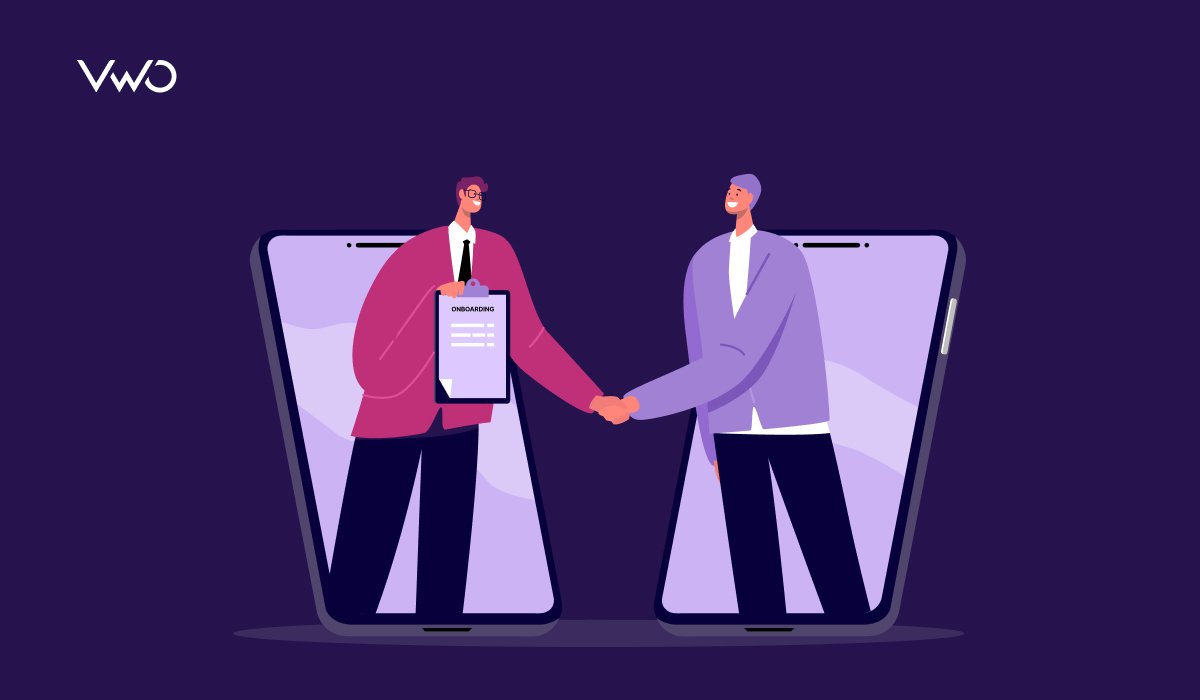
What is mobile app onboarding?
App onboarding guides new users through the mobile app’s features and functionality, helping them understand its value and how to achieve their goals.
It is the very first interaction users have with your mobile app.
Think of it as a virtual unboxing experience—a structured way to show users what your app offers, how it works, and why it matters.
App onboarding is where users realize how your app will improve their lives, whether by solving a problem, saving time, or offering a unique experience.
Lorenzo Rossi, a global app marketing expert, emphasizes that
App onboarding is critical for both product and marketing teams. While it enables product teams to collect data and refine user experiences, it also provides marketing teams with opportunities to secure push notification opt-ins and personalize onboarding across channels. This balanced approach ensures the app delivers value to users while supporting targeted growth strategies
Let’s look at some benefits of app onboarding.
Key benefits of app onboarding
Educate users
Many users abandon apps simply because they don’t know how to use them.
App onboarding solves this by helping them find their “aha” moment—the instant they realize the app’s potential to improve their lives.
Minimize support requests
Onboarding that includes detailed instructions, tooltips, and answers to common questions reduces the likelihood of users needing external support.
This saves resources while ensuring a positive user experience.
Improve retention
Users often try multiple apps before settling on one.
Experts say the first 3-7 days determine whether users will stick around. Effective app onboarding ensures they experience your app’s benefits during this crucial period.
Boost revenue and conversions
For apps with free trials or subscriptions, onboarding is the first step in converting trial users into paying customers.
Demonstrating value upfront increases the chances of users committing to your app.
Personalization
A good onboarding flow collects valuable user data, like preferences or goals, to personalize the experience.
This ensures users see relevant content, receive timely notifications, and stay engaged.
Gather marketing permissions
App onboarding is the perfect time to request marketing permissions, such as tracking preferences and notification opt-ins.
When done right, it helps users understand the value of these permissions—like personalized updates or timely reminders—which increases opt-in rates and retention in the long run.
To unlock all these benefits, the first step is choosing the right type of onboarding for your app. Broadly, there are four types of user onboarding: Quickstart, Self-select, Benefits-oriented, and Interactive. Let’s explore each of these below.
Types of user onboarding
Quickstart onboarding
Focuses on getting users started with minimal effort.
Apps with intuitive designs let users explore on their own without guidance.
Example: A photo-editing app where users can immediately begin editing photos or videos on the first screen they land on and then later ask them to sign in when they want to save it.

Self-select onboarding
Provides users with options to personalize their experience, such as setting preferences or goals during onboarding.
Example: A media app that asks users to choose topics they’re interested in for a tailored reading experience.

Benefits-oriented onboarding
Highlights the app’s value by showcasing key benefits through videos or slides.
It focuses on what the app does for users rather than how it works.
Example: A health app that presents its core benefits, like better fitness and productivity, using an engaging carousel.

Interactive onboarding
Guides users through essential functions and features as they interact with the app.
This dynamic approach uses tooltips, pop-ups, and overlays for contextual help, avoiding information overload.
Example: An image processing app introducing users to features like how to take images and get results.
Now that you have understood the various benefits and types of app onboarding let’s explore the process of designing app onboarding further.

Before diving into designing the onboarding experience, it’s crucial to understand what your users truly want. A well-designed onboarding flow starts with user insights—knowing their goals, pain points, and expectations. Let’s explore this in more detail in the following section.
How do you design the mobile app onboarding process?
Creating a successful mobile app onboarding process involves designing an experience that informs, engages, and retains users from the beginning. Here’s how to approach it:
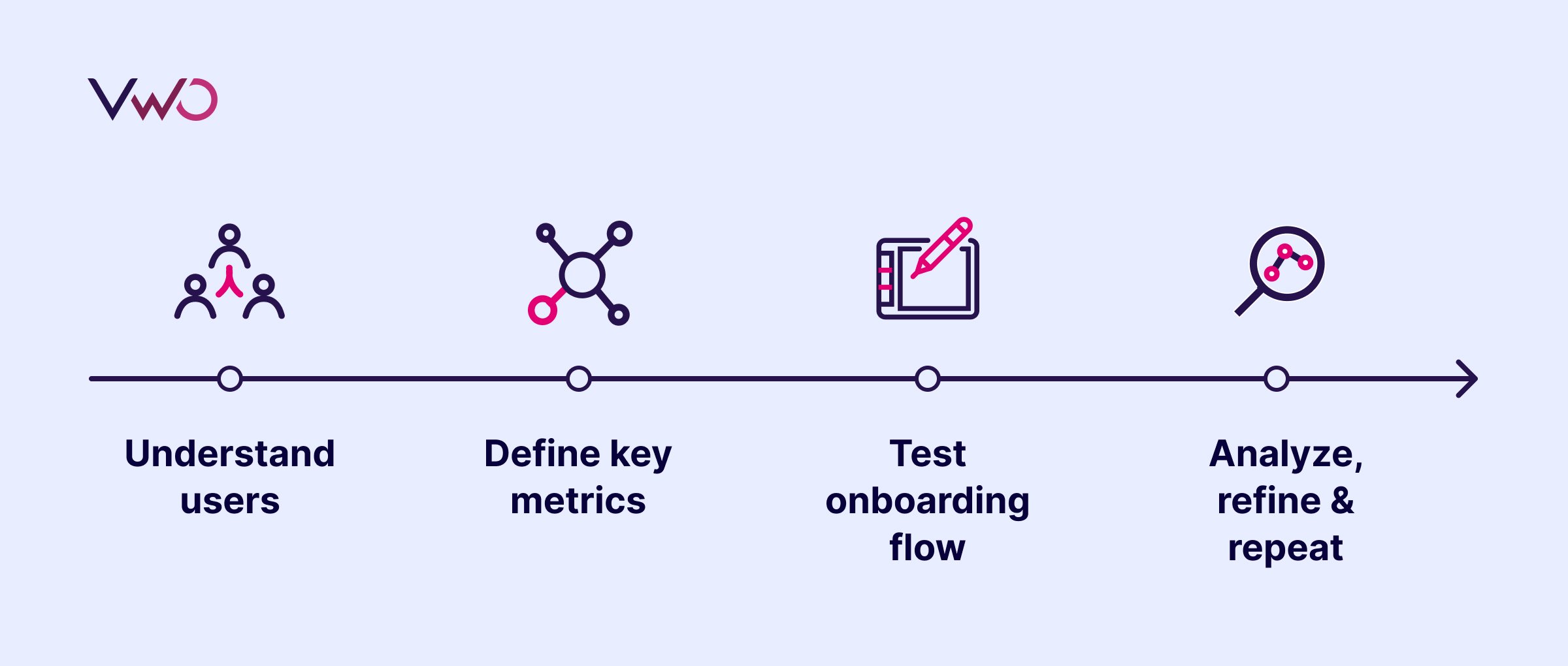
1. Understand your users
- Assess the need for onboarding: Not every app requires onboarding. Decide if your app’s complexity or features justify it. For example, a photo editing app has a simple utility, and it would be best to redirect users to the editing screen directly.
- Know your audience: Tailor onboarding using demographics, behavior, and tech-savviness. Simpler instructions may suit older or less tech-savvy users, while advanced users might prefer skipping directly to key features.
- Cater to preferences: Some users prefer detailed guides, while others engage better with visual or interactive elements. Analytics can help identify what works best for your audience.
- Identify friction points: Conduct small usability tests to spot confusion or bottlenecks. Collect insights to optimize the flow to better align with user needs.
Session Replays & Heatmaps: Use tools like VWO Insights to replay sessions and visualize heatmaps, revealing friction points and areas for improvement.
2. Define key actions & metrics
- Focus on critical actions: Identify user actions that drive key metrics like engagement, retention, or conversions. For instance, encouraging users to follow others during onboarding can boost retention for a social platform.
- Set measurable metrics: Common metrics to monitor include:
- Install -> Signup
- Install -> First core action
- Install → Trial conversion
- Trial → Paid conversion
- Retention rates (daily, weekly, monthly) based on app type
- And more
3. Test, refine, and repeat
- Measure success: Analyze performance by tracking onboarding metrics. Identify where users drop off and investigate why.
- Iterate continuously: Run A/B Tests to experiment with different flows, steps, and UI elements to identify the most effective approach. Tools like VWO Mobile App Testing can help maximize onboarding metrics over time.
By understanding your users, defining actionable goals, and continuously refining the process, you can craft an onboarding experience that ensures higher engagement, retention, and user satisfaction.
App onboarding best practices
Eliminate what is unnecessary
Identify the essential actions users must take during onboarding.
Eliminate unnecessary steps that don’t add value, such as overly detailed explanations or redundant screens. Ensure users can complete the onboarding flow in under 3-7 steps.
Learning through interaction
Replace static instructions with interactive walkthroughs.
For instance, guide users to tap a button or complete a task to understand core features. Let users learn by trying the app rather than reading lengthy instructions.
Visual cues and contextual assistance
Use tutorials, tooltips, and annotated screenshots to guide users intuitively.
Gestural prompts can also be effective for actions like swiping or tapping.
Simplify steps
Break down intricate processes into smaller, logical steps.
For instance, if setting up a profile requires multiple fields, present them across a series of screens instead of a single, crowded page. Use clear progress indicators to keep users motivated.
Reinforce progress and success
Add visual progress indicators like bars or step counters to show users how far they’ve come in onboarding.
End the flow with a success message like “You’re all set to start!” to give users a sense of achievement.
Introduce gamification
Incorporate gamified elements, such as earning points or unlocking badges, to complete onboarding steps.
For example, reward users for finishing profile setup or exploring a core feature. Celebrate milestones to keep users engaged.
How popular apps design the best app onboarding journeys
Duolingo
Duolingo, a popular language-learning app, keeps users hooked despite a lengthy app onboarding process. Here’s what makes it work:
- Engaging visuals: The app’s adorable green mascot guides users, creating a friendly and consistent experience.
- Instant value: During onboarding, users can dive straight into a quick lesson, giving them a glimpse of the app’s benefits.
- Motivational streaks: After completing the test, users see their streak, encouraging them to continue learning and maintain progress.
These thoughtful elements turn what could have been a daunting app onboarding process into an engaging and rewarding experience.

Calm
Calm, the leading app for meditation and sleep, takes a refreshing approach to app onboarding.
Instead of jumping straight to the sign-up screen, it begins by asking users to take a deep breath—a subtle yet effective way to showcase the app’s calming purpose.
Next, it prompts users to answer questions about their mindfulness challenges.
This not only engages users but also helps Calm personalize the experience later.
Interestingly, the app saves the sign-up request for the very end, and even then, it remains optional with a dismissible option at the top.
This thoughtful flow ensures users feel relaxed and valued right from the start.

Instagram, a widely popular social media app, uses the network effect during app onboarding to ensure users get immediate value from the platform.
It prompts users to connect their Facebook accounts and phone contacts, making it easier to build a network without starting from scratch.
Friends and contacts are likely to follow back, kickstarting engagement quickly.
The onboarding process also includes a screen encouraging users to enable notifications.
This feature keeps users returning by creating a sense of urgency and FOMO (fear of missing out), ensuring they stay engaged with the platform.

The Washington Post
The Washington Post’s mobile app onboarding flow is short, clear, and visually striking. The brand’s identity shines through its slogan, “Democracy Dies in Darkness,” and compelling imagery.
The first screen showcases captivating images of the White House while highlighting the app’s core value: top-tier journalism, hundreds of daily stories, customized alerts, and original podcasts.
Next, it introduces a free one-month trial alongside premium features like unlimited access, story-saving options, and cross-device compatibility.
This approach reassures users by offering a risk-free trial, allowing them to explore the platform’s benefits without immediate commitment.

Craft
Craft, a productivity app for note-taking, effectively uses social proof in its onboarding process.
It features glowing customer reviews highlighting the app’s elegant design and powerful features, building trust and excitement immediately.
The app onboarding flow then introduces two essential features that users need to perform activities within the app.
What’s unique is that users can try these actions during onboarding, helping them get comfortable with the app’s interface early on.
Craft seamlessly integrates these key actions into the mobile app onboarding experience, making it both engaging and practical.

Spotify
Spotify uses a clever onboarding approach to personalize the user experience from the start.
It asks users to select three favorite artists, a number likely determined through data analysis as the optimal amount for generating accurate recommendations.
Behind the scenes, Spotify’s algorithms curate playlists and suggest songs that match the user’s tastes.
This personalization creates an immediate “aha” moment, as users can listen to music they already love or are most likely to enjoy.
Spotify builds on this by prompting users to set notification preferences, ensuring they stay updated on new song releases, concerts, and other activities related to their favorite artists.
This thoughtful flow hooks users early and keeps them coming back for more.

Yazio
Yazio, a health and nutrition app, excels at personalization by tailoring the experience to each user’s goals.
During app onboarding, it asks for personal data and specific objectives, such as weight loss or muscle gain, to create a customized plan.
This approach engages users and gets them invested in achieving their desired outcomes.
As users interact with the app, Yazio takes personalization further by customizing upgrade plans.
It highlights premium features that align with the user’s preferences, ensuring the upgrades feel relevant and valuable.
This strategy keeps users motivated while making the app’s offerings tailored to their needs.

DuckDuckGo
DuckDuckGo, a privacy-focused browser, nails mobile app onboarding by combining practicality with value reinforcement.
First, it prompts users to set it as their default browser, eliminating the hassle of manually copying and pasting links and immediately enhancing the app’s usability.
Next, DuckDuckGo reinforces its value by guiding users through key features, such as performing a quick search or using the “Clear All Tabs and Data” function.
This hands-on approach familiarizes users with the app’s core benefits, ensuring they understand its unique features while building trust in its functionality.

Speechify
Speechify, a text-to-speech app, offers a smart and user-friendly onboarding process.
It demonstrates how users can select different voice options and adjust the reading speed to suit their preferences.
This hands-on setup ensures users quickly understand and appreciate the app’s functionality.
Once users are comfortable and impressed with the experience, Speechify will introduce its paid plan benefits and offer a 3-day trial.
This approach allows users to use the app without immediate restrictions while communicating that full access requires a subscription after the trial.
By setting clear expectations, Speechify avoids surprises and builds trust with its users.

Coinbase
Coinbase, a cryptocurrency trading platform, effectively manages its comprehensive onboarding process by implementing a progressive timeline that outlines each step and its estimated duration.
This approach is particularly beneficial given the mandatory Know Your Customer (KYC) procedures required in fintech applications to prevent fraud.
By collecting minimal user information and then transparently displaying the time commitment for subsequent steps, Coinbase reduces user anxiety and sets clear expectations, enhancing the onboarding experience.

Wrapping up
That’s a wrap, folks, on mobile app onboarding! The most crucial takeaway is understanding how users interact during onboarding and continuously testing variations of your flows.
This ensures you maximize returns—be it engagement, retention, or revenue growth.
Tools like VWO for Mobile Apps can help you dive deep into user behavior, run impactful A/B tests, and personalize experiences for optimal results.
Request a free product tour today and take the first step toward creating seamless and engaging app onboarding experiences!




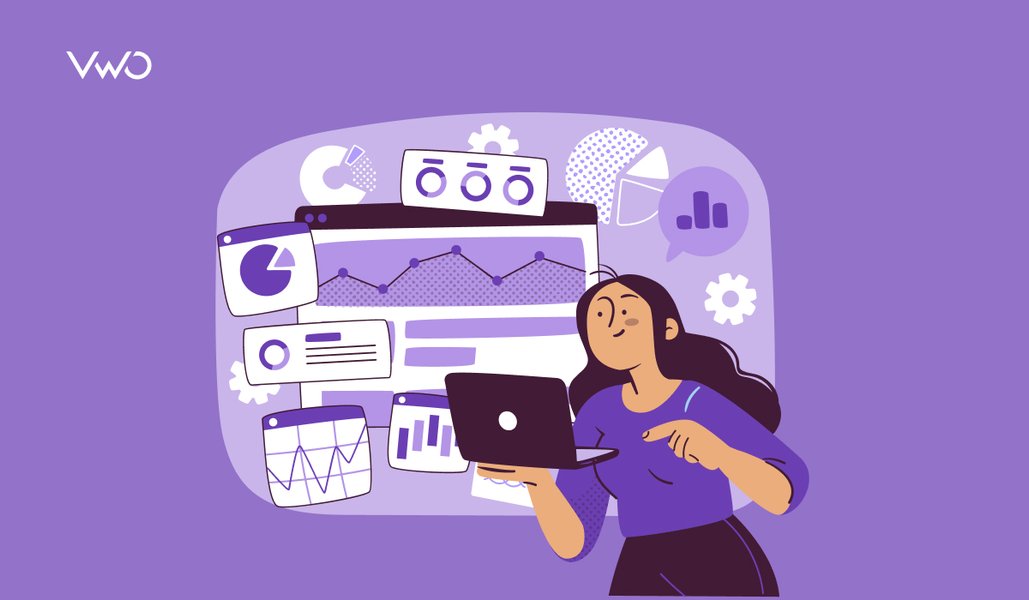
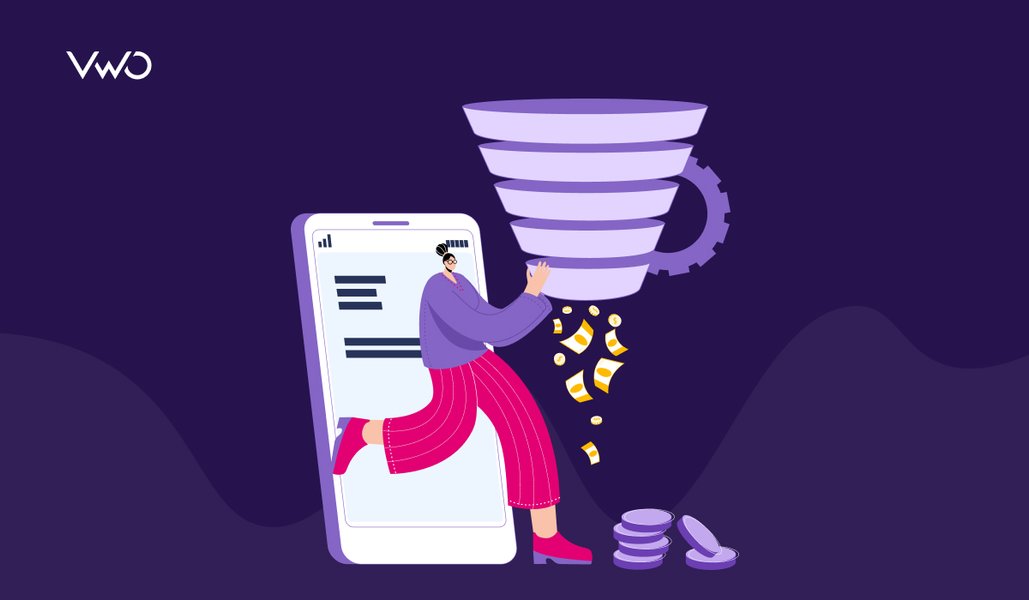
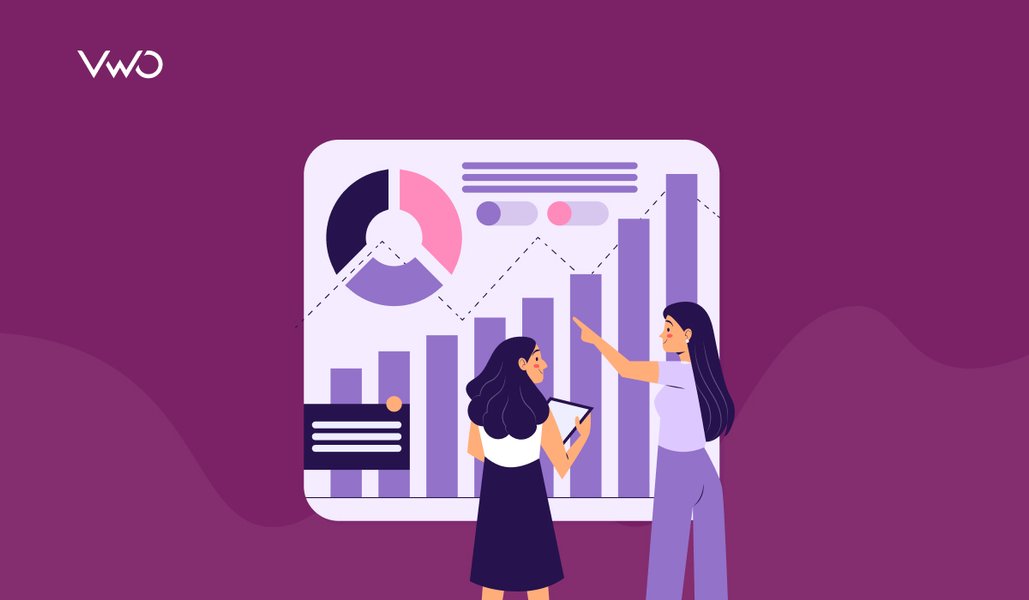
![5 Best Free App Analytics Tools in 2025 to Boost App Performance [Research-Backed Picks]](https://static.wingify.com/gcp/uploads/sites/3/2025/04/Feature-image-5-Top-App-Analytics-Tools_-Solutions-to-Improve-Your-App-Performance.jpg?tr=h-600)











